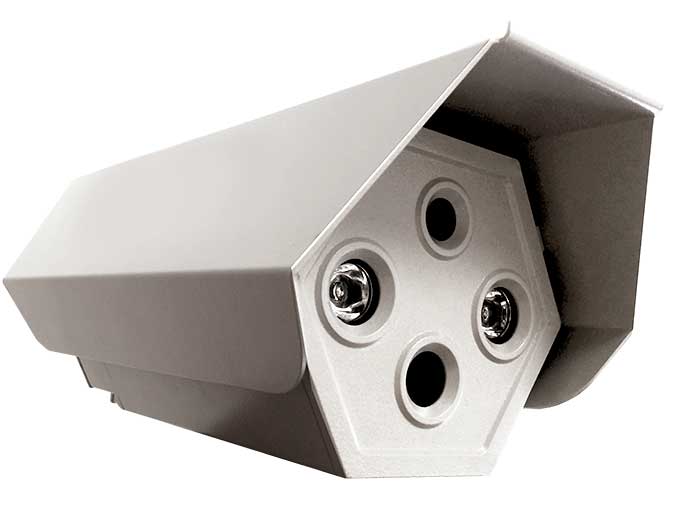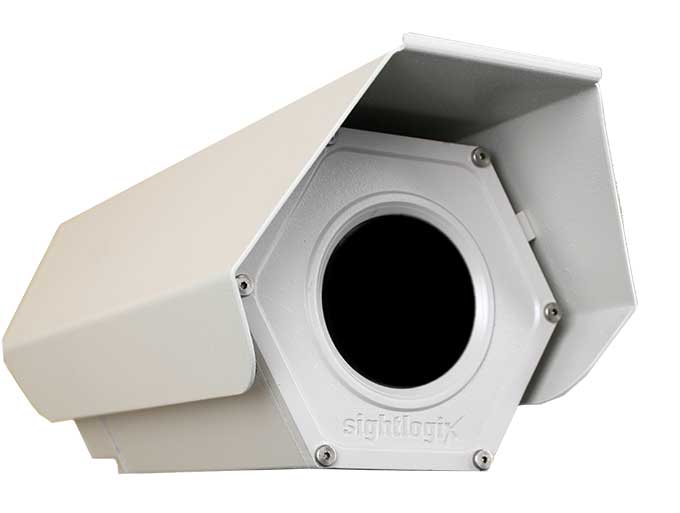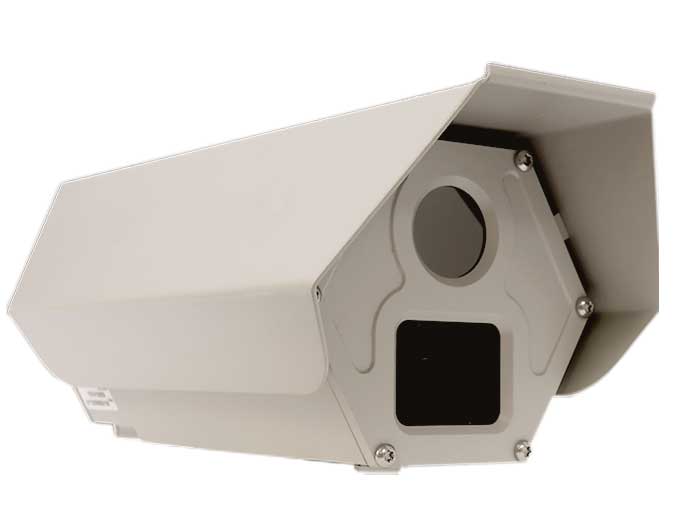- December 16, 2021
- Posted by: Eric Heller
- Category: Blog
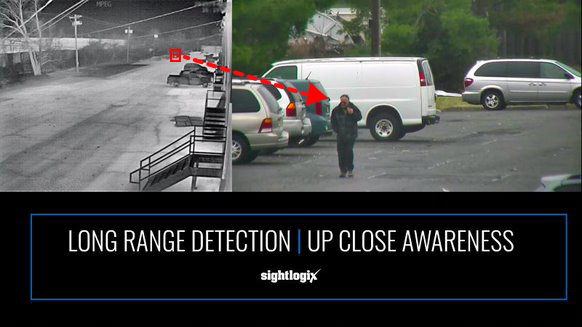
How Thermal Intruder Detection and Visible Assessment Improves Perimeter Security
Security professionals responsible for perimeter protection often have two main requirements. They want to be notified the instant an intrusion takes place, and they want to quickly understand the nature of the threat when a break-in occurs.
Thermal cameras with video analytics have proven to be an excellent choice to solve the first challenge, “catching” intruders attempting to breach outdoor massive perimeters with high reliability, even in the unpredictable outdoor environment. This is why many people consider thermal cameras an ideal “people detector” for perimeter intrusion detection.
It’s the second concern — the “what and where” of an unfolding event — that can be more difficult to achieve.
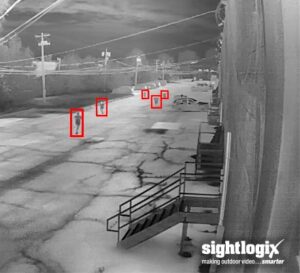 At SightLogix, we’ve always maintained that thermal cameras backed with powerful processing can create highly detailed black and white images to help classify an alarm in real time. For instance, with a highly optimized thermal image, you can immediately tell the difference between a person, car, animal or other object, even over great distance and in complete darkness.
At SightLogix, we’ve always maintained that thermal cameras backed with powerful processing can create highly detailed black and white images to help classify an alarm in real time. For instance, with a highly optimized thermal image, you can immediately tell the difference between a person, car, animal or other object, even over great distance and in complete darkness.
At the same time, the best security comes from having the best information, and up-close color details play an important role in forming the best response. Typically, a perimeter intrusion detection system will combine several technologies to help better visualize the source of an alert, including PTZ’s (Pan, Tilt and Zoom) that zoom and follow an object for more detail.
The problem is that there’s almost no chance a PTZ cameras will be looking in the right place when an intrusion occurs. Trying to manually locate a detected alarm with a PTZ camera — especially over large outdoor perimeters — can be like finding a needle in a haystack.
Combining Thermal Detection with Smart PTZ Tracking
At SightLogix, we have long recognized the security value of real-time visible assessment. That’s why we introduced the SightTracker automatic PTZ controller all the way back in 2009. Since then, critical infrastructure customers have used the SightTracker to automatically pan, zoom and follow detected targets – in real time, over massive perimeters – for comprehensive security awareness.
SightTracker is a smart PTZ controller that automatically positions your PTZ camera to zoom onto a detected target using the geo-location information provided by a SightSensor Thermal Camera. SightTracker technology will spin and zoom a PTZ in real time to a target inside or outside of a fence line, providing up-close information for time-critical decisions while recording important details for potential forensic use.
Customizing Your Perimeter Security Awareness
When steered by reliably accurate SightSensors, SightTracker can empower PTZ’s to provide real-time information about where a threat occurs and what it looks like. Detailed targets are seen in the user’s video management system while the target’s location can be presented on the SightMonitor map or a physical security information management system.
Designed to work with PTZ cameras supporting ONVIF, you can optimize its performance based on your preferences. Customization options include tracking intruders based on several parameters:
- Track the first target detected in the scene
- Track the last target to enter the scene
- Track the larger/smallest target
- Track the furthest/closest target to the camera
- Track the slowest/fastest target in the scene
- Set the PTZ dwell time between targets
Such automatic control is especially valuable for facilities that monitor large areas with long-range detection cameras. The result is a new dimension to your security operations, ensuring “eyes on” capability over your entire facility.


